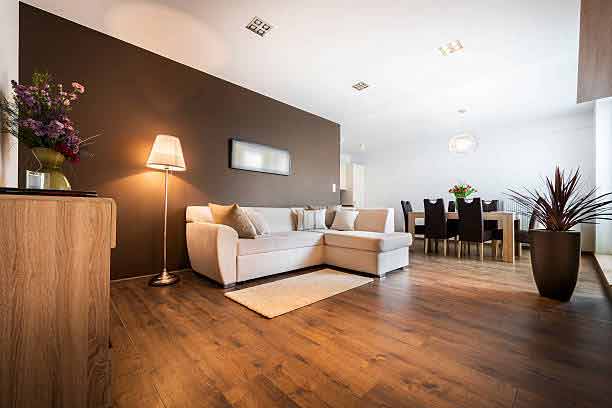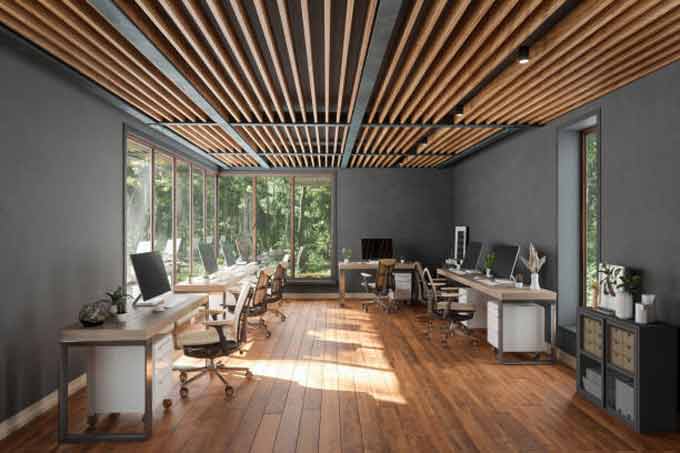Hardwood floors add a touch of beauty and value to your home. They’re timeless and pair well with any decor style — traditional, rustic or a stylish mash-up.
Before you start hammering nails, however, you’ll need to learn about hardwood flooring basics. Understanding the anatomy of wood flooring, species performance and the logistics of the installation process will help you avoid problems down the road.
Preparation
Hardwood flooring is a beautiful addition to any home. It’s a durable material that adds a touch of luxury to your home and increases its value.

Before you install your new hardwood floors, it’s important to prepare the area and make sure you have all the tools you need. You should also read the manufacturer’s guide for the specific type of wood flooring you have purchased. This will include detailed installation instructions.
Once you’re ready to begin, start by installing your first row of boards. Line them up perpendicular to the floor joists and synchronized with your longest wall, leaving a 3/4 inch expansion gap around the perimeter.
Next, nail down your second row of boards. Remember to space out your end joints correctly. Once you’ve installed your final row, remove the spacers and caulk your edges to finish off your new hardwood floors. Allow the glue to dry for at least 24 hours before allowing foot traffic, check this site out.
Installation
Hardwood floors are beautiful, durable and long-lasting. They add value to your home and turn heads.
They’re easy to clean and can be refinished to refresh or maintain their appearance. However, before you consider hardwood, think about your lifestyle and the way you live. Will you be able to accept the dents and dings from dropped soup cans, or the scratches from your Australian doodle?
If you’re going with a solid wood floor, it’s important to prepare the area before installation. You’ll want to make sure the subfloor is sanded, level and insulated. A vapor barrier, such as red rosin paper, foam or felt is also necessary to prevent moisture damage to the floor. Solid wood can’t be used in areas with high moisture levels, like basements. Consider engineered wood if you’re thinking about installing in those types of rooms. They’re more stable and can withstand humidity changes better than solid wood floors. Let the new flooring acclimate for at least 72 hours.
Finishing
Hardwood floors are the centerpiece of any room, and your contractor will help you decide which finish to use. The finish affects the radiance, grain pattern, and color tones of your wood floors and can also make a difference in their durability. Oil-based polyurethane is durable and comes in satin, semi-gloss, and high-gloss sheens. However, it requires a mask for application and may give your floors a yellowish or amber tint over time. Water-based polyurethane is a healthier choice and can be used with minimal ventilation.
To avoid squeaks, start your installation at the longest unobstructed wall and remove shoe molding. Snap parallel lines throughout the room, and leave a 3/4″ expansion gap around the perimeter of the floor (wood expands in hot, humid weather and contracts in colder, drier climates). Rack your boards to reduce variations in color and length, but be sure to face-nail all joints over a floor joist for strength. You can even stagger the end joints for a more unique look.
Maintenance
Wood floors are a beautiful addition to any home and will last a lifetime with the proper care. But they are not indestructible, and the decision to install them in your home should be made only after thorough research.
It is recommended to hire professionals for any flooring project. Mistakes can be costly. Even a minor error can radically change the finished look of your hardwood floors.
Conclusion:
Once the hardwood floor is installed, it will need regular cleaning to keep it looking its best. You should sweep regularly, and dust your hardwood with a microfiber cloth. This will reduce pet dander and other allergens that can cause an unhealthy indoor environment. You should also use a small area rug or doormat at entryways to prevent most of the dirt and debris from being tracked onto your wood floors in the first place. This will extend the life of your wood floors significantly. It is a good idea to take off your shoes inside the house as well to protect the hardwood floors from dirt and moisture.

